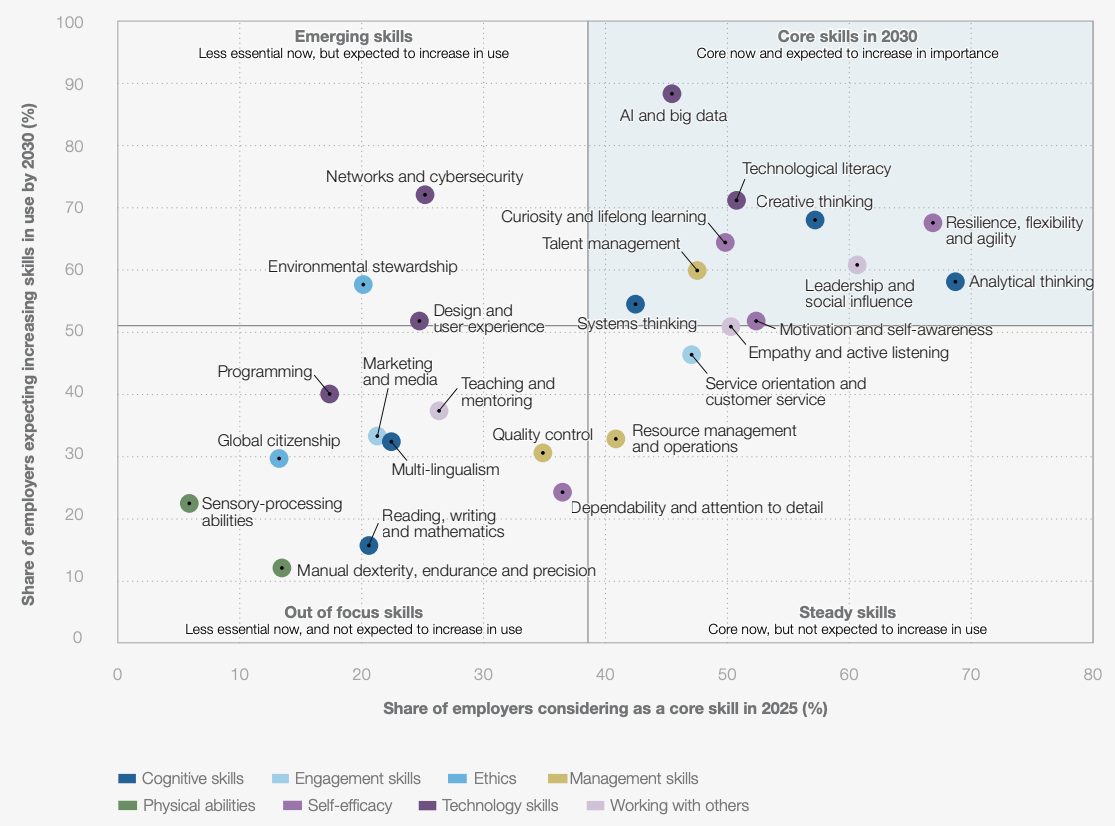When Reddit’s stock tumbled this week on concerns about traffic and AI exposure, headlines focused on the numbers. Stock prices fluctuate all the time. But the more interesting story is not Reddit’s market cap. It is the shifting landscape of how people and platforms connect to knowledge in the age of Answer Engine Optimization (AEO).
Promptwatch reportedly showed that on September 30, Reddit content was cited in just 2 % of ChatGPT responses — down from ~9.7 % one month earlier and a ~14 % peak earlier in September.
For years, platforms like Reddit served as cornerstones of the “long tail” internet. Their archives of user discussions helped train large language models, and their pages often dominated traditional search results. That dual role made them both a valuable content source for AI systems and a key destination for users. But as AI-generated answers become the first stop for information seekers, the dynamics of discovery are changing.
From SEO to AEO
Search engine optimization (SEO) shaped how content was created and distributed for two decades. Now, answer engine optimization (AEO) is taking its place. Instead of designing content for Google’s ranking algorithm, platforms must think about how their data is used, filtered, and surfaced within AI models. The question is no longer “How do I rank on Google?” but “How do I remain visible in AI-powered conversations?”
AEO is sharper and more volatile than SEO ever was. A single change in how AI systems prioritize, summarize, or cite sources can dramatically alter traffic flows overnight.
(Note: some practitioners also describe this as “AI-enabled optimization” or “generative engine optimization,” but AEO is the most widely recognized term.)
The Fragile Middleman Position
Platforms that generate content but don’t control how it is represented in AI sit in a precarious position. If AI systems choose to de-prioritize or summarize their content rather than link back to it, the referral funnel shrinks. That not only affects advertising revenue but also bargaining power in data licensing negotiations.
This fragility highlights the bigger AEO challenge: organizations need strategies not just to create content but to ensure that content is represented fairly, cited accurately, and surfaced consistently by AI systems. In other words, optimization now means building trust and visibility with algorithms that explain the world to users.
Key Strategic Questions
The lesson here goes beyond any single platform. Product managers and technologists should ask:
- How is our content being represented in AI systems?
- What is our strategy for AEO visibility, not just SEO ranking?
- How do we build resilience if AI platforms shift how they cite or filter our data?
The market wobble we saw this week is a symptom of a deeper reordering. As AEO overtakes SEO, the winners will be the platforms and products that proactively shape their role in the AI discovery stack rather than waiting for visibility to disappear.

